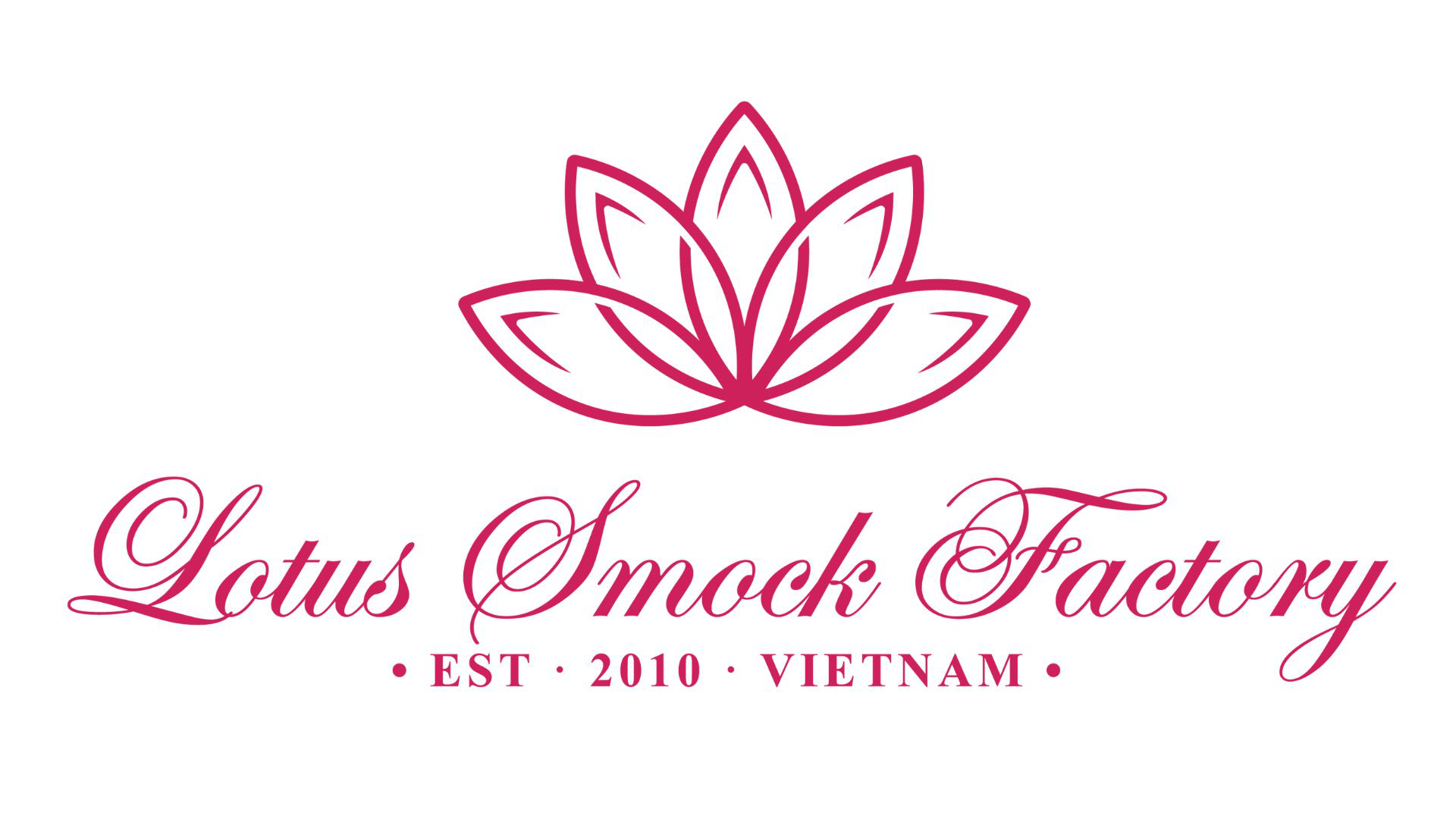Proven Tips to Source Wholesale Embroidered Fabric Smartly
This guide offers smart strategies for sourcing wholesale embroidered fabric with confidence. Learn how to evaluate samples, manage supplier communication, ensure quality control, and avoid common pitfalls. Whether you’re a fabric wholesaler or product manufacturer, these proven tips will help streamline your bulk sourcing process and build long-term, reliable supplier relationships.

1. Key Considerations Before Finalizing Your Wholesale Embroidered Fabric Order
Before you proceed with placing any bulk fabric order, it’s important to understand that the smallest oversight can lead to massive financial losses and supply chain disruptions. Wholesale embroidered fabric sourcing involves intricate details both in terms of design expectations and production standards. Taking the time to consider a few critical aspects before finalizing your order will not only save you money but also ensure consistency across your entire product line.
1.1. Why Sampling Is Critical When Buying Wholesale Embroidered Fabric
Sampling is more than just a formality; it is the most effective way to verify quality, design accuracy, and texture alignment. With embroidered fabric, where aesthetics play a central role, a sample allows you to examine thread density, color matching, and stitch precision firsthand. It also provides the opportunity to test compatibility with your intended product use whether fashion, upholstery, or home decor.
Furthermore, requesting samples creates a baseline for accountability. Once you approve a sample, it becomes a tangible reference point during the bulk production stage. Without a sample, you risk disputes over subjective interpretations of design or quality, especially with international suppliers where language or cultural nuances can cause misalignment.
1.2. Understanding Embroidery Thread Types and Base Fabrics
Embroidery threads come in various materials such as rayon, polyester, metallic, or cotton, each with its own behavior under different washing and ironing conditions. Similarly, the choice of base fabric (cotton, linen, organza, silk, etc.) determines how well the embroidery adheres, stretches, or retains shape over time.
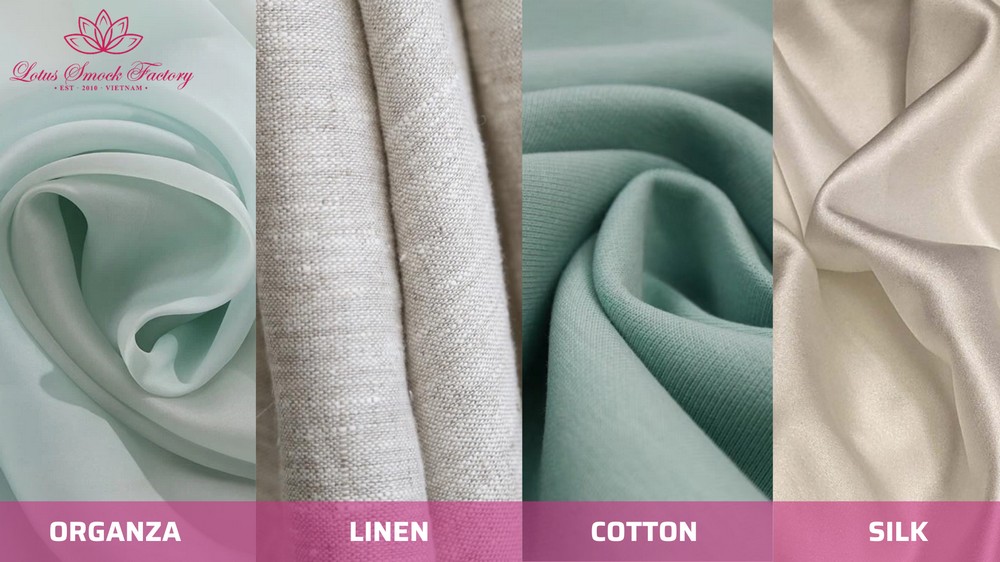
A deep understanding of thread and base combinations ensures that you match aesthetics with function. For instance, using metallic threads on delicate chiffon might look appealing but could lead to fraying or puckering. Always ask your supplier for technical specifications, such as thread count, GSM (grams per square meter), and stretch tolerance to inform your purchasing decision.
1.3. Verifying Design Consistency Across Bulk Orders
One of the most common pain points in wholesale embroidered fabric sourcing is inconsistency across batches. Even with a perfect sample, things can go wrong during mass production due to manual embroidery or semi-automated processes that may introduce variation.
To counter this, you should request design files or embroidery templates and confirm they will be used across all units. Insist on receiving a pre-shipment sample pulled from the final production batch to double-check alignment. Also, make sure your purchase order clearly states your expectations regarding pattern size, spacing, and placement accuracy.
2. Managing Communication and Negotiation with Wholesale Embroidered Fabric Suppliers
Efficient communication and thoughtful negotiation strategies are essential for building trust and ensuring seamless transactions with embroidered fabric suppliers. Clear expectations help reduce the chances of misunderstandings while also laying a foundation for long-term collaboration.
2.1. How to Discuss MOQ, Pricing Tiers, and Bulk Discounts
Minimum Order Quantity (MOQ) is often a sticking point for new buyers. However, approaching the conversation with flexibility and data can yield better results. Start by clarifying your monthly or seasonal forecast so suppliers understand your business potential. Then, inquire about pricing tiers, many manufacturers offer incremental discounts for larger quantities.

Feel free to negotiate your order terms, but keep expectations grounded. Suppliers might accept smaller minimum orders at higher prices, so it’s important to weigh your margins carefully. If possible, group similar designs or SKUs into one order. This helps you gain bargaining power without making your logistics too complex.
2.2. Common Miscommunications to Avoid When Ordering Embroidered Fabric
Many issues in embroidered fabric orders stem from vague language or assumptions. Phrases like “standard quality” or “regular delivery” leave room for interpretation. Always be explicit, define what you mean by quality, include diagrams or Pantone codes if relevant, and confirm embroidery density or repeat patterns in precise metrics.
Another overlooked pitfall is neglecting time zone differences and production holidays. These factors can delay communication or lead to gaps in expectation. Using a project management tool or shared spreadsheet for timelines can help bridge these gaps and keep everyone on the same page.

2.3. Setting Clear Lead Time and Delivery Terms in Contracts
Lead time doesn’t just refer to how long it takes to produce your order, it also includes processing, packaging, quality checks, and transit. You should break down these components with your supplier and agree on a mutually realistic schedule. Include buffer periods for quality control and customs clearance, especially for international shipments.
Your contract should also define delivery terms, handling responsibilities, and penalties for late shipments. These terms protect both parties and serve as the operational backbone of your supply chain.
3. Quality Control Best Practices for Wholesale Embroidered Fabric Orders
Ensuring high product quality requires proactive measures long before goods arrive at your warehouse. By setting up a clear quality control process, you minimize risk and safeguard your brand’s reputation.
3.1. On-site vs. Third-Party Fabric Inspection: Which to Choose?
On-site inspections by your own team offer direct oversight, but they can be expensive or impractical for overseas operations. In such cases, third-party inspection services like Intertek or SGS are a practical alternative. These agencies perform audits based on your provided criteria and deliver detailed reports with photos, measurements, and pass/fail ratings.
Each method has its pros and cons. While on-site inspections give you better control, third-party agencies offer objectivity and scalability. Whichever route you choose, make sure inspections happen at key stages, before production, during manufacturing, and pre-shipment.

3.2. Key Defects to Watch Out for in Embroidered Fabric Batches
Typical issues include skipped stitches, misaligned patterns, thread breakage, color bleeding, and inconsistent spacing. Depending on your product use, even small flaws can have a major impact. For instance, a single broken thread in baby clothing could be a cause for product recall.
You should create a list of “critical defects” versus “minor defects” and set an acceptable defect rate (usually between 1-3%). This forms the basis for your quality tolerance agreement and helps streamline dispute resolution if any issues arise post-delivery.
3.3. Creating a Quality Control Checklist for Bulk Fabric Orders
A solid checklist includes specifications for embroidery density, pattern alignment, fabric GSM, thread quality, dye fastness, and packaging. If you’re planning to sell your fabrics in countries with strict safety or environmental rules, like those in the EU, make sure the materials meet certifications such as REACH or OEKO-TEX. This helps avoid legal issues and ensures your fabric is safe for customers.
Provide this checklist to your supplier before production starts and require that it be used in final inspection reports. The more measurable your criteria, the easier it becomes to identify and rectify problems early on.
4. Secure Payment Methods and Documentation in Wholesale Embroidered Fabric Deals
Navigating international transactions requires not only financial prudence but also legal awareness. Protecting your capital while ensuring a smooth shipping process is essential in wholesale dealings.
4.1. Recommended Payment Terms for International Fabric Trade
Popular options include Telegraphic Transfer (T/T), Letter of Credit (L/C), and PayPal for small trial orders. While T/T is common, it exposes you to risk if a large upfront deposit is required. A Letter of Credit, though more complex, offers higher security since payment is only released when shipment terms are fulfilled.
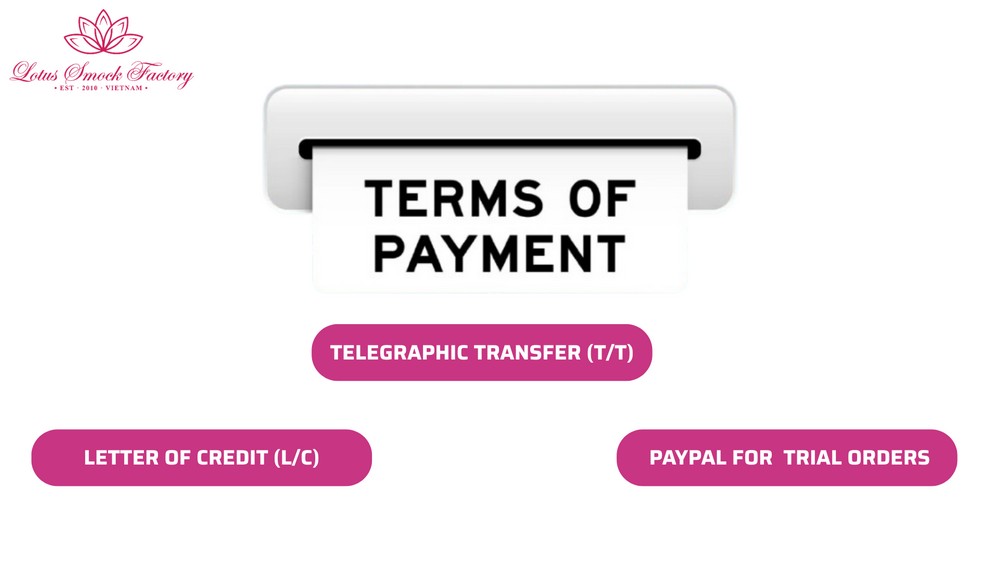
Always avoid paying 100% in advance, and consider structuring payments as 30% deposit, 70% after inspection. This model motivates suppliers to meet expectations and provides you a safeguard against receiving subpar goods.
4.2. Invoices, Packing Lists, and Export Documents You Must Check
Every shipment should include a commercial invoice, packing list, certificate of origin, and, if required, textile-specific compliance documents. Review all documents thoroughly to ensure they reflect agreed terms matching your country’s import classification.
Incorrect paperwork can cause delays, fines, or even seizure of goods at customs. Don’t leave this to chance, assign an internal or third-party expert to double-check everything before shipping.
4.3. How to Avoid Payment Fraud When Dealing with New Suppliers
Fraudulent email accounts or fake bank details are common risks when working with unfamiliar vendors. Always verify bank information through a verified phone call and avoid making changes to account numbers via email.
Use secure payment platforms or escrow services for your first few transactions, and keep detailed written records of all financial exchanges. Building a reputation with a supplier should be a gradual process rooted in verified experience, not trust alone.
5. Post-Order Follow-Up: Ensuring Long-Term Success in Wholesale Embroidered Fabric Imports
Your relationship with a supplier doesn’t end when the shipment is delivered. The real value emerges from long-term cooperation, where both parties continuously optimize communication, quality, and timelines.
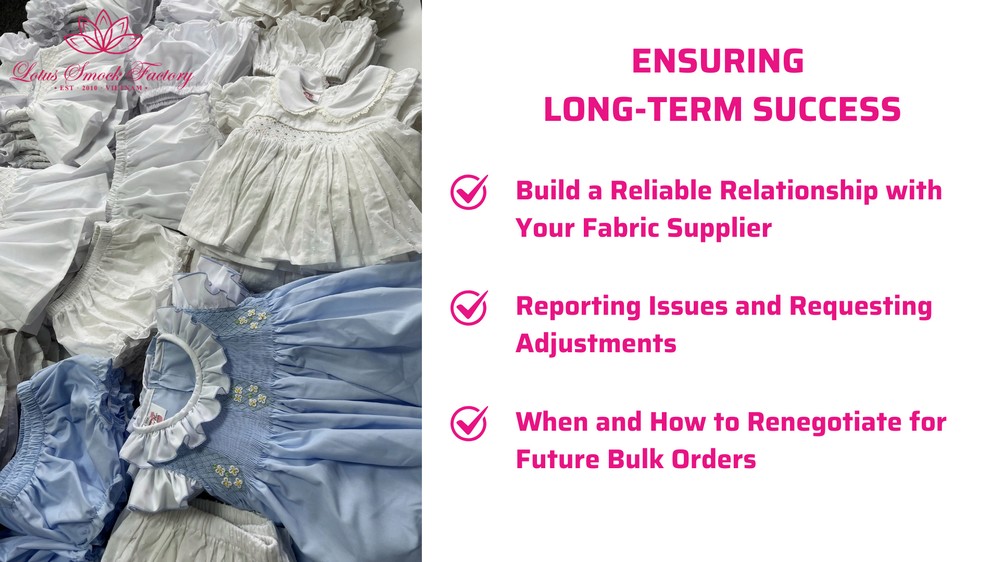
5.1. How to Build a Reliable Relationship with Your Fabric Supplier
Consistency and mutual respect are the keys to supplier reliability. Pay on time, provide constructive feedback, and be open to small adjustments that improve both processes. Suppliers are more likely to prioritize repeat clients who are transparent and professional in their dealings.
Over time, reliable relationships allow for better pricing, priority in production schedules, and early access to new design collections, a major competitive advantage in fast-moving markets.
5.2. Feedback Loops: Reporting Issues and Requesting Adjustments
If you encounter issues, address them professionally and provide photographic evidence. Most serious suppliers are open to resolving problems when approached respectfully. Establishing a feedback loop that includes timelines for resolution and channels for technical clarification can make issue resolution more efficient.
Such mechanisms also encourage continuous improvement on both sides, reducing error frequency in future transactions and ensuring that mutual expectations evolve constructively.
5.3. When and How to Renegotiate for Future Bulk Orders
Renegotiation becomes appropriate once you’ve completed two or more successful cycles. Use past performance data lead time accuracy, defect rates, or response speed to support your case. If your volume increases, this is also a valid reason to request better terms.
However, renegotiation should be approached as a partnership move, not a cost-cutting measure. Your supplier’s profitability ensures their longevity, which directly affects your own supply chain stability.
6. From Fabric to Finished Product: A Smarter Path for Wholesalers
While sourcing embroidered fabric offers flexibility, many wholesalers today are exploring a more efficient route investing in ready-made embroidered garments that meet market demand instantly. By skipping the manufacturing step, businesses can cut lead times, lower production risks, and start selling sooner with products that already meet quality and design expectations.
This is especially true in the children’s fashion segment, where comfort, safety, and artisan appeal matter just as much as style. For example, instead of sourcing meters of cotton embroidery fabric and managing in-house production, some importers have found great success by partnering with specialized producers of hand-embroidered children’s clothing.
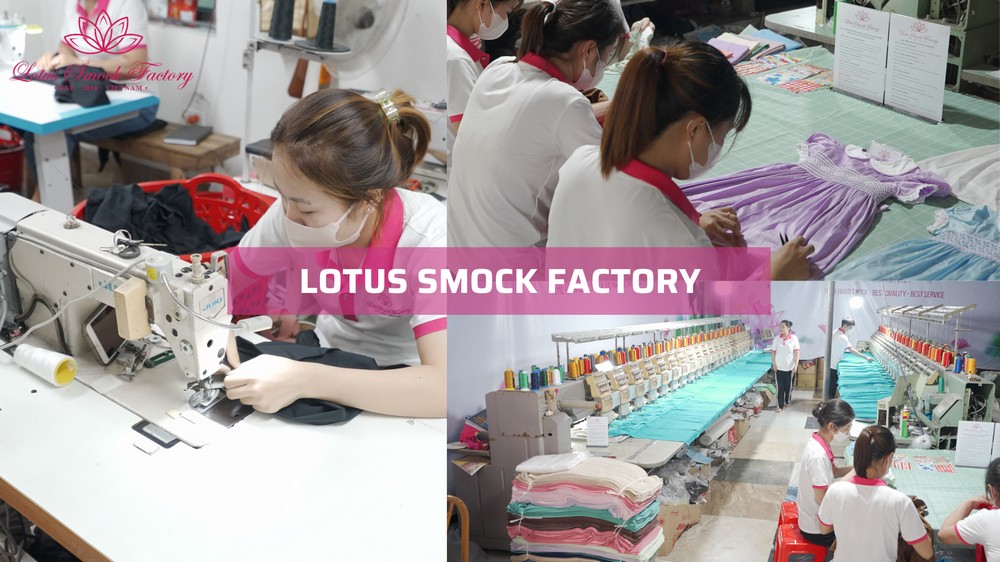
Lotus Smock is one such partner known for beautifully crafted garments made with care, consistency, and compliance. Every piece reflects a commitment to quality-first manufacturing, combining soft natural fabrics with meticulous embroidery techniques. Clients have praised the brand not only for its aesthetic sophistication, but also for its responsive communication, transparent quality control, and dependable shipping timelines.
For wholesalers looking to offer unique, value-added products without the operational complexity of managing fabric-to-garment production, working with trusted embroidered apparel makers like Lotus Smock could be a smart strategic move.
If you’re looking for a partner that combines traditional embroidery expertise with modern standards of quality control and service, we’re confident you’ll find it here at Lotus Smock.
Contact Lotus Smock at:
- Facebook: facebook.com/lotussmockfactory
- WhatsApp: +84 83 333 3498
- Youtube: youtube.com/@LotusSmockFactory
Sourcing wholesale embroidered fabric isn’t just about finding the right price, it’s about building smart systems and partnerships that support your business goals in the long run. By focusing on sampling, supplier negotiation, quality assurance, secure transactions, and post-order collaboration, you ensure every shipment is a strategic investment.
